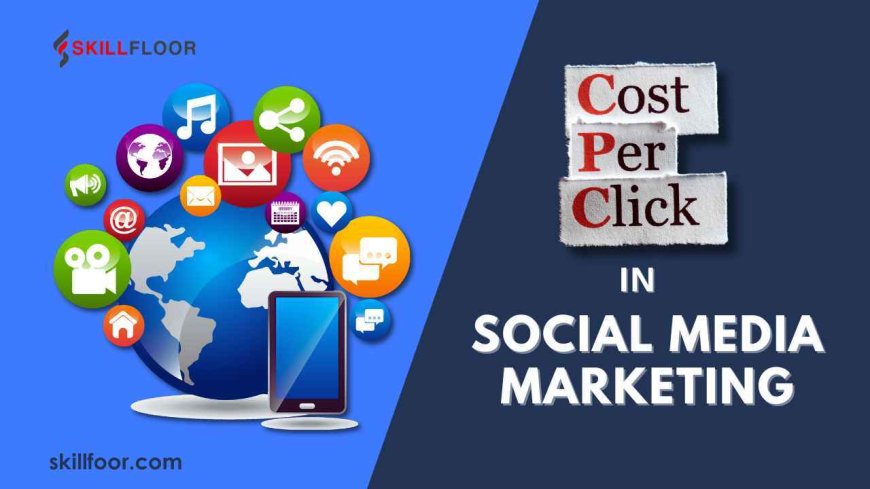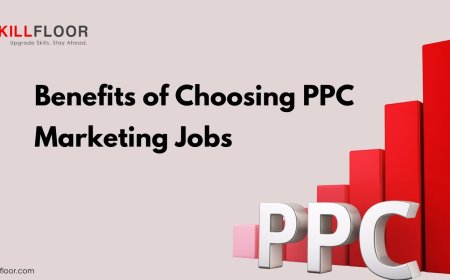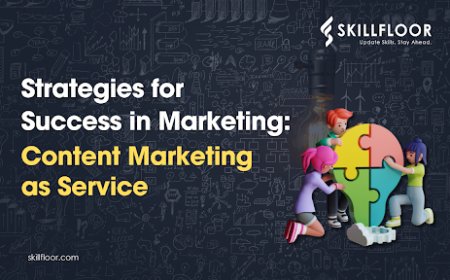Cost Per Click in Social Media Marketing Explained
Learn about Cost Per Click (CPC) in social media marketing. Understand how CPC works, factors influencing costs, and strategies to optimize your ad spend.

Cost Per Click in Social Media Marketing Explained is a digital advertising game-changer. What's the Cost Per Click (CPC), then? It's just the sum of money you have to pay for every click on your social media ads. If you're getting started with PPC (Pay-per-click) marketing, CPC is your best friend. Cost Per Click is used by platforms such as Facebook and Google Ads to determine the cost per interaction for your advertisement. Concentrating on cost per click (CPC) advertising may improve your click-through rate (CTR) and consistently target the proper audience. Understanding Cost Per Click enables you to assess the effectiveness of your efforts and make informed decisions based on factual information. Whether you’re just starting with online marketing or already a pro, getting a handle on CPC can seriously level up your digital advertising game. Join us as we break down the Cost Per Click in Social Media Marketing: An Explanation!
What is Cost Per Click (CPC)?
In the world of digital advertising, Cost Per Click (CPC) is an important phrase, especially for social media ads. But what does it mean? Advertisers pay a cost per click (CPC) each time a user clicks on their advertisement. This statistic is employed in Pay-Per-Click (PPC) advertising methods, which are widely used in social media networks and Google Ads, among other online marketing platforms.
To put it another way, consider CPC to be a toll. You pay a little fee each time someone clicks on your advertisement. There are a few variables that affect this cost that we'll discuss later. Increasing traffic to your website or landing page and turning clicks into prospective clients is the main objective here.
Importance of Cost Per Click in Social Media Marketing
For anyone working with online marketing, understanding cost per click is important. This explains why CPC is so significant:
Budget Management: CPC gives you efficient control over your advertising expenditure. To guarantee that your money is being spent on interested and engaged users, you only have to pay when someone clicks on your advertisement.
Performance measurement: You can determine how effective your advertisements are by keeping an eye on CPC. Higher engagement and better-targeted ads are sometimes indicated by reduced CPCs.
Optimization Opportunities: You can adjust your marketing strategy by being aware of your cost per click. It may be time to reevaluate the target audience or substance of an advertisement if its cost per click (CPC) is high.
Return on Investment (ROI) Calculation: CPC helps in the calculation of the ROI for your advertising efforts, enabling you to allocate your budget wisely.
How Cost Per Click Works in Different Social Media Platforms
Every social media network handles CPC in a different way, and you may greatly influence your performance with digital advertising by being aware of these subtleties.
Instagram and Facebook
Ads on Facebook and Instagram go on sale. Bidders set their own prices based on the value of each click. Your bid amount, the competitiveness of your target audience, and the quality and relevancy of your advertisement all affect the actual cost per click (CPC) that you pay.
Facebook's and Twitter's CPC models function similarly. The highest bidder secures the ad space when advertisers compete for placements. However, Twitter also takes your advertising engagement rate into account, so very engaging content may have a reduced CPC.
Compared to other social media sites, LinkedIn often has a higher CPC because it is a professional network. The bidding process takes into account how relevant your advertisement is to the audience you are aiming for. Because LinkedIn's audience is frequently more specific and professional, bids may increase.
The degree to which the keywords you target are popular affects Pinterest's cost per click. Ads on Pinterest must be aesthetically pleasing and pertinent to user searches to obtain a cheaper cost per click, as the platform functions as a visual discovery engine.
Factors Influencing Cost Per Click in Social Media Marketing
The following variables may affect your social media advertising cost per click:
Target target: The CPC increases with target specificity and competition.
Ad Quality and Relevance: As platforms reward top-performing advertisements, they typically have reduced CPCs for high-quality, relevant ads.
Ad Placement: Ad location might have an impact on CPC. The price of prime locations is typically higher.
Bidding strategy: The CPC may be impacted by the manual or automatic bidding technique you select. While automatic bidding optimizes for the best outcomes, manual bidding gives you more control.
Time and Day: CPC might change based on the day of the week and the time of day. Costs may go up during peak hours because of more competition.
Strategies to Optimize Cost Per Click
Continuous monitoring and strategic planning are necessary for CPC optimization. Here are a few successful tactics:

Refine Targeting: Make sure the people who see your advertising are right for them by using the advanced targeting tools that social media platforms offer.
Improve Ad Quality: Appealing language and top-notch images can increase engagement and lower CPC.
A/B testing: Test several iterations of your advertisements frequently to determine which ones work better. This can assist in determining the most affordable advertisements.
Improve Landing Page Performance: Make sure your landing pages offer a positive visitor experience and are relevant. Overall performance can be enhanced by a smooth transition from advertisement to landing page.
Adjust Bids: Continually assess and modify your bids in light of performance information. Raising your bid may occasionally result in better ad placements and a reduced CPC overall.
Keep an eye on competitors: Be aware of the advertisements of your rivals. Gaining insight into their tactics can help you optimize your own advertising.
Tools to Manage and Track Cost Per Click
Maximizing the return on your advertising spend requires efficient CPC management and tracking. These are a few useful tools:
Google Analytics: An all-inclusive tool that offers insights into user behaviour and helps monitor the effectiveness of your ads, including CPC.
Facebook Ads Manager: This tool helps you manage cost per click and optimize your campaigns by offering comprehensive statistics and reporting for your Instagram and Facebook advertising.
Twitter Ads Dashboard: Provides information about your Twitter ads' effectiveness, including CPC figures.
LinkedIn Campaign Manager: This tool gives you comprehensive CPC data and lets you monitor and manage the effectiveness of your LinkedIn ads.
Hootsuite ads: A platform that offers tools to measure and enhance CPC while managing and optimizing social media advertisements across several networks.
AdEspresso: This Hootsuite product offers complete CPC tracking and analysis and is focused on the creation, management, and optimization of Facebook and Instagram advertising.
Managing advertising budgets, tracking results, and enhancing return on investment all depend on an understanding of and optimization of cost per click, or CPC, in social media marketing. Through an understanding of how cost-per-click (CPC) operates on various platforms, taking into account cost-influencing elements, and employing optimization tactics and tools, marketers may significantly enhance their online advertising campaigns. Ad campaigns can be more successful and budgets can be allocated more wisely if you understand CPC.




























































